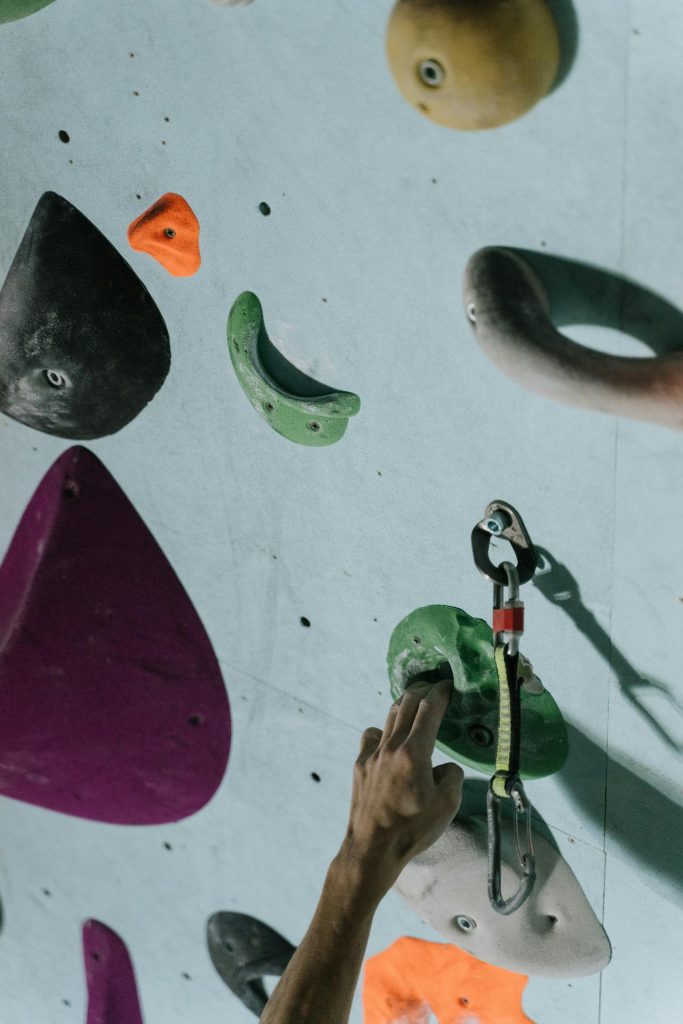Everybody struggles with consequence vs. risk in rock climbing. Trad climbing, sport climbing, ice climbing, bouldering, free soloing, and indoor climbing involve times when you must internally compete between consequence and risk.
But what exactly is the difference between the two? Can you have one without the other, or do they always present themselves together?
What is Consequence?
Consequence is the follow-up of your actions in any endeavor. That can be something simple like staying up too late before work. Two consequences could include:
1. Waking up on time and being tired throughout the day, or
2. Sleeping through your alarm and arriving to work late.
Consequences can also compound each other. Say you woke up on time but are incredibly tired at work. You may make mistakes such as spilling your coffee on yourself or forgetting to submit a report. On the dramatic side, you may even make a costly mistake that ruins your company’s reputation because you weren’t thinking clearly.
Now, say that instead of waking up on time, you slept through your alarm and arrived late to work. Consequences could include:
1. Forgetting something for an important project at home when rushing out the door or
2. Not changing out of your home slippers. More severe consequences could include losing your job because you missed an important presentation.
Everything in life has consequences, but not every result is life-altering. Sometimes, you just miss the bus and must catch the next.
What is Risk?
Risk can be categorized as something that has consequences. Consider staying up late: The risk of staying up late includes waking up on time, being tired for work, or sleeping through your alarm.
You take risks every day, not just in rock climbing. If you try a new restaurant, you’re risking whether you’ll enjoy it. Not taking an umbrella when the sky looks dark is risking that you’ll get rained on. Driving a car risks other drivers obeying the rules of the road.
While some risks can have minor consequences, such as not enjoying a meal, others can be life-changing. But that’s part of life. If you never took risks, you’d never reap any significant consequences.

Consequence vs Risk in Rock Climbing
Consequence is the outcome of every risk you take, and you take risks each time you go rock climbing. Understanding this relationship is crucial for making informed decisions on and off the wall. Deciding between taking risks will depend on your experience and whether the consequences are worth it. This understanding can help you avoid unnecessary risks and make safer choices while climbing.
Still, rock climbing is an inherently dangerous activity. Just because you can minimize your risks doesn’t mean the consequences go away.
Alex Honnold famously talks about consequence and risk in the movie Free Solo. He says that everyone continued to tell him about how risk it was for him to free solo El Cap. But Honnold claims that it was not as “risky” as it may seem. While it is incredibly high consequence to climb 3000 feet with no protective equipment, risk actually has very little to do with the consequences. He says that risk is the chances that he has to face those consequences. And with his level of training, preparation, and athleticism, the chances of him falling are actually very low.
This is an extreme example. Very few people ever experience free soloing because the consequences are so incredibly high. So what about a more applicable example?
Let’s say you have a two boulderers in the gym: one has been climbing for 10+ years and the other started bouldering last month. The consequences of bouldering are the same for these two climbers. Because climbing is inherently dangerous and when bouldering, all falls are ground falls, they both could injure themselves while climbing. But the risk for these two climbers is completely different. The beginner boulderer without a lot of falling experience has a higher risk of injury than a seasoned veteran. A boulderer of 10+ years understands how to fall correctly and can identify situations when the risk goes up such as when the climbing becomes inverted or when they place their foot in a deep hold that may be difficult to release.
Wherever you are on your climbing journey, understanding the difference between risk and consequence can help you to stay alert and to minimize your own risk when climbing.
As you improve your confidence and ability in rock climbing, you will become better at evaluating risk. There is nothing wrong with deciding a climb is too dangerous for you. The difference between an over-confident and a competent climber is understanding when to bail.
Many gyms offer private instruction and a professional instructor can help you to minimize your risk when climbing by improving your fall technique, helping to identify sketchy situations, and overall improve your climbing abilities!

Recent Comments